
Sourcebook Review: Recovery Dice Options
 In Fifth Edition Dungeons & Dragons, healing works a little bit differently. Each class, as usual, has a certain type of hit die that you can roll to get more hit points at higher levels. What isn’t quite so usual is the idea that you have a pool of these dice you can use to heal yourself during short rests. The reason for this is to allow parties to keep moving longer without having to camp inside dungeons. Spend some hit dice, recover your health, and keep moving.
In Fifth Edition Dungeons & Dragons, healing works a little bit differently. Each class, as usual, has a certain type of hit die that you can roll to get more hit points at higher levels. What isn’t quite so usual is the idea that you have a pool of these dice you can use to heal yourself during short rests. The reason for this is to allow parties to keep moving longer without having to camp inside dungeons. Spend some hit dice, recover your health, and keep moving.
Recovery Dice Options ([amazon_link asins=’1545236488′ template=’PriceLink’ store=’nerdarchy-20′ marketplace=’US’ link_id=’d4c37b80-209b-11e7-8ec2-75f53789e3bc’] from Amazon) is about alternative ways to use these dice. Conceptually, the idea of being able to use your recovery dice for things other than recovering hit points is intriguing. After all, you are quite literally using your own life force to fuel some of what you can do with this, and it is taking a resource that is, otherwise, very limited, and giving it more purpose.
I broke them out with both my Saturday and Sunday groups to get a better practical idea of what this resource plays like. That said, let me be fair: it does say in the PDF that the best way to use this resource is to take a few options and introduce them to your players. This is not a resource you can just take and clear the whole thing for player use. In fact, some of the options in it contradict or overrule each other. So if you’re looking for a third party resource that you can just hand to your players and say “here, this is legal,” this is not what you are looking for.
 There are a lot of broken parts to this sourcebook from TPK Games. When they say “don’t use the whole book,” by golly they mean “don’t use the whole book.” Some of the options presented here take game balance and chuck it out the window with a mad giggle. There are things in here that allow you to make enemies re-roll saves and attack rolls, things that allow you to keep fighting when you’re at 0 hp, things that allow you to regain a luck point by expending a recovery die — and that’s just to start with.
There are a lot of broken parts to this sourcebook from TPK Games. When they say “don’t use the whole book,” by golly they mean “don’t use the whole book.” Some of the options presented here take game balance and chuck it out the window with a mad giggle. There are things in here that allow you to make enemies re-roll saves and attack rolls, things that allow you to keep fighting when you’re at 0 hp, things that allow you to regain a luck point by expending a recovery die — and that’s just to start with.
The party in my Saturday game are all level 18. I can safely say if we hadn’t been playing with these options, there would have been a chance of us wiping during the tail end of the dungeon. But, and bear with me, there should have been that chance. It made things just a little bit too easy.
Part of that is on us. We should have been more careful about which of these options we picked to use, as the PDF suggests. That said, this resource plays completely differently when you have eighteen hit dice at your fingertips as opposed to the four my Sunday group had.
At lower levels, you have to make choices as to whether you really need that use of your recovery die more than you need to actually be able to recover. These options, like many other things, get more out of control the higher level you are.
That said, some of these options are legitimately good. Some of them are cinematic enough that in the right moment I’d certainly allow it.
 There are also options in the back of the book that make the game more difficult. Things that require you to use recovery dice to do things like cast healing spells, for example. As in not being able to cast “cure wounds” at all without expending a hit die to do it. These options certainly bring more balance to this sourcebook, and used on their own can pose a new and interesting challenge to a party.
There are also options in the back of the book that make the game more difficult. Things that require you to use recovery dice to do things like cast healing spells, for example. As in not being able to cast “cure wounds” at all without expending a hit die to do it. These options certainly bring more balance to this sourcebook, and used on their own can pose a new and interesting challenge to a party.
Use the front end of this sourcebook if you want to go for a more over the top, cinematic anime feel to your game. There’s nothing wrong with wanting to roll high powered as long as everyone is on board with it. Or if you want to pick out two or three options, hand them to your players and keep the rest to yourself. This is not a “throw in the kitchen sink” kind of resource; you are going to want to read it over carefully and get choosy about what parts you take.
Use the back end of this sourcebook if the party wants to really feel their mortality. Or if you’re a sadist that wants your friends to hate you.
There are definitely some interesting ideas in here. If you are the kind of DM that likes to cherry pick pieces out of a sourcebook and use them as a seasoning, this might be exactly what you’re looking for to give your players more options in game. If what you want, however, is a book you can just take and use as-is without picking and choosing, it probably isn’t for you.
Related articles
[amazon_link asins=’1545236488,B01LW6QSFX,B00IUQMOZK’ template=’ProductCarousel’ store=’nerdarchy-20′ marketplace=’US’ link_id=’f09af974-209a-11e7-83f9-5f0049496c4f’]







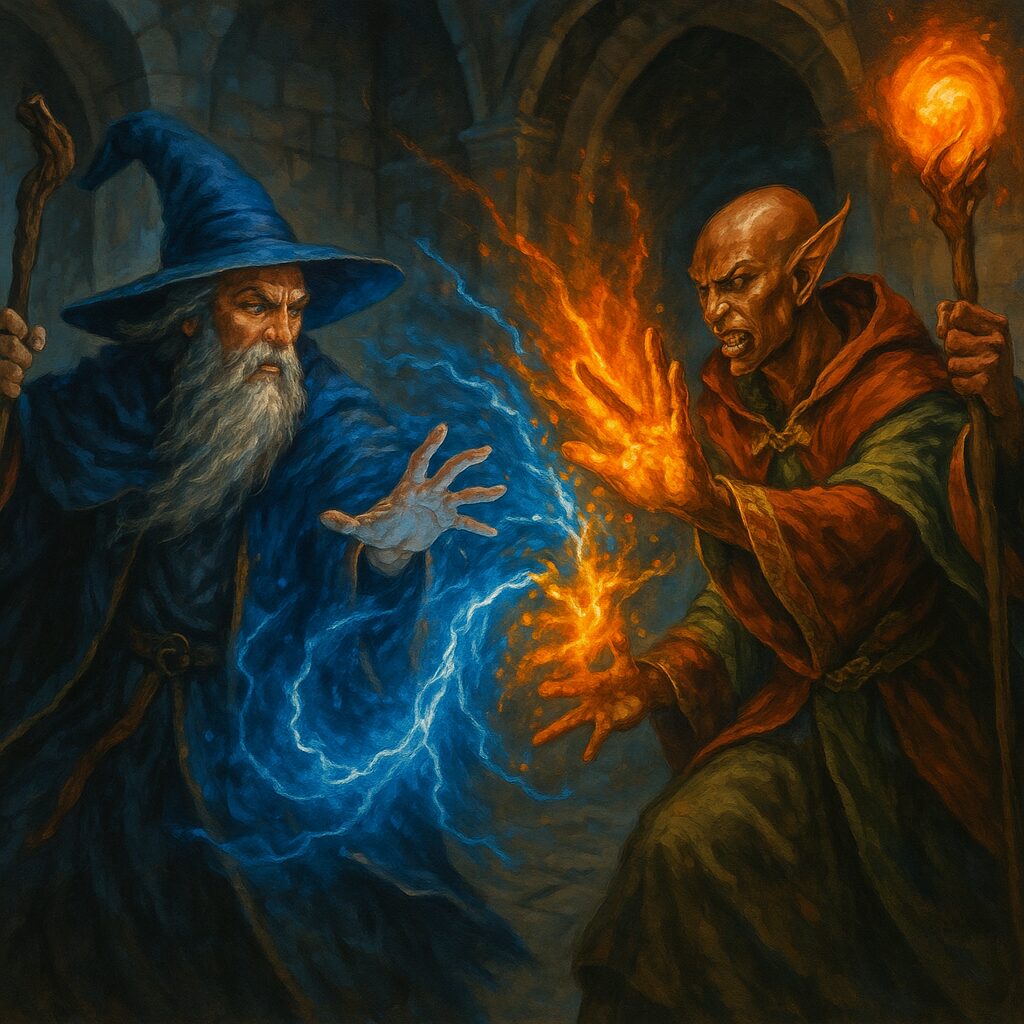
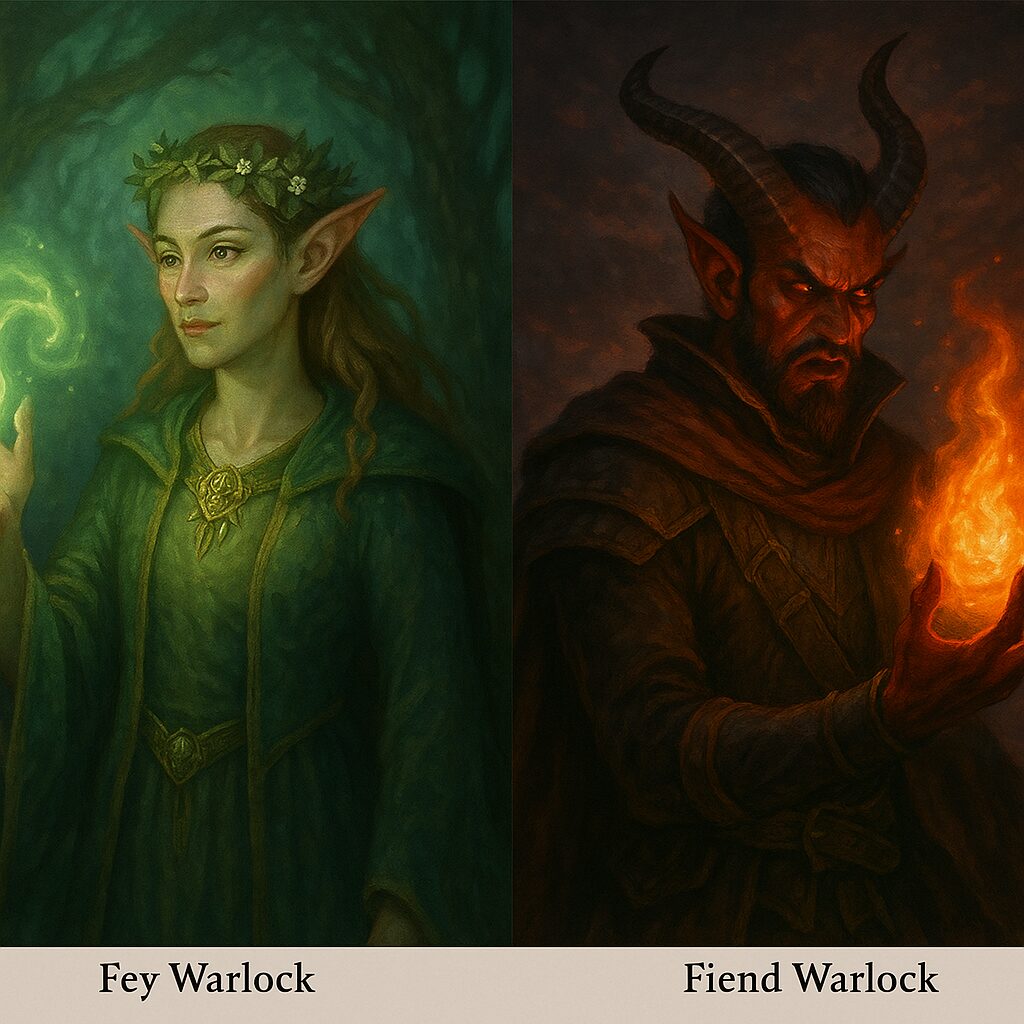
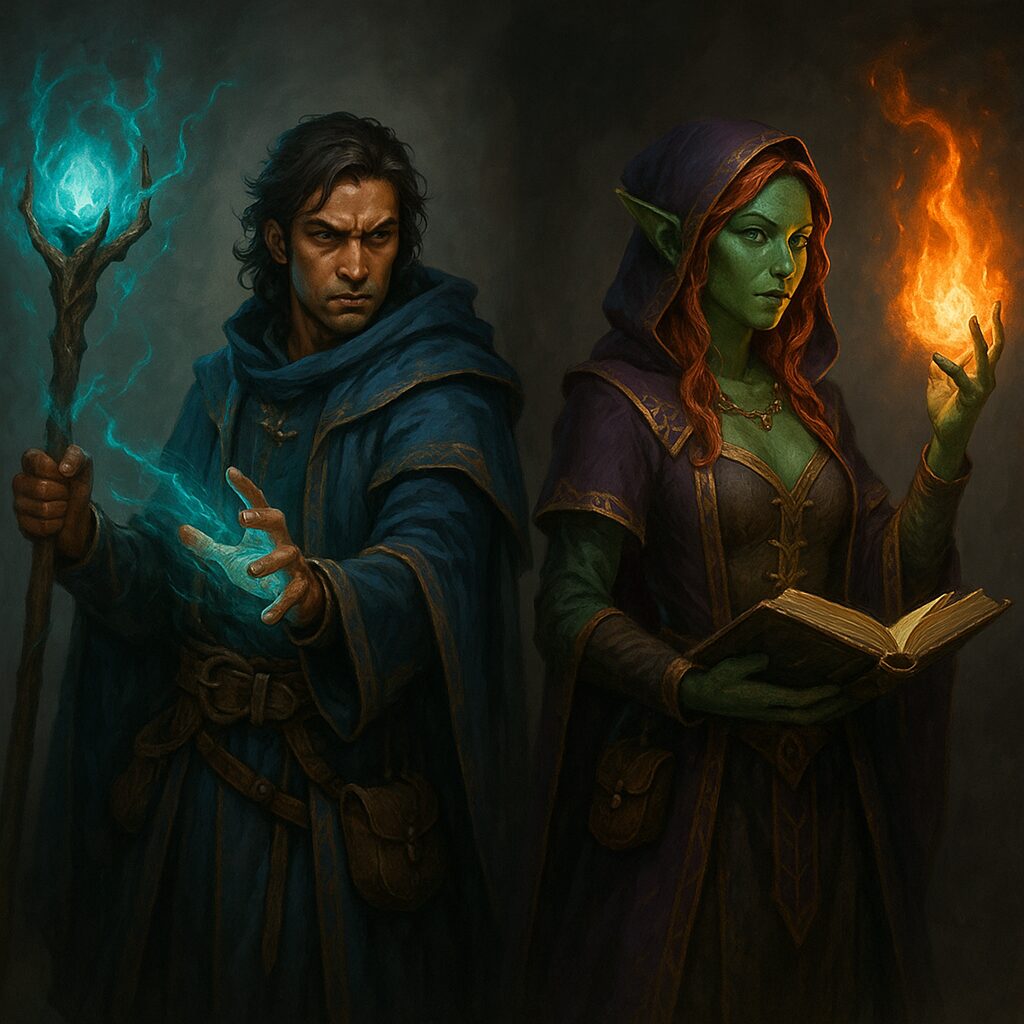
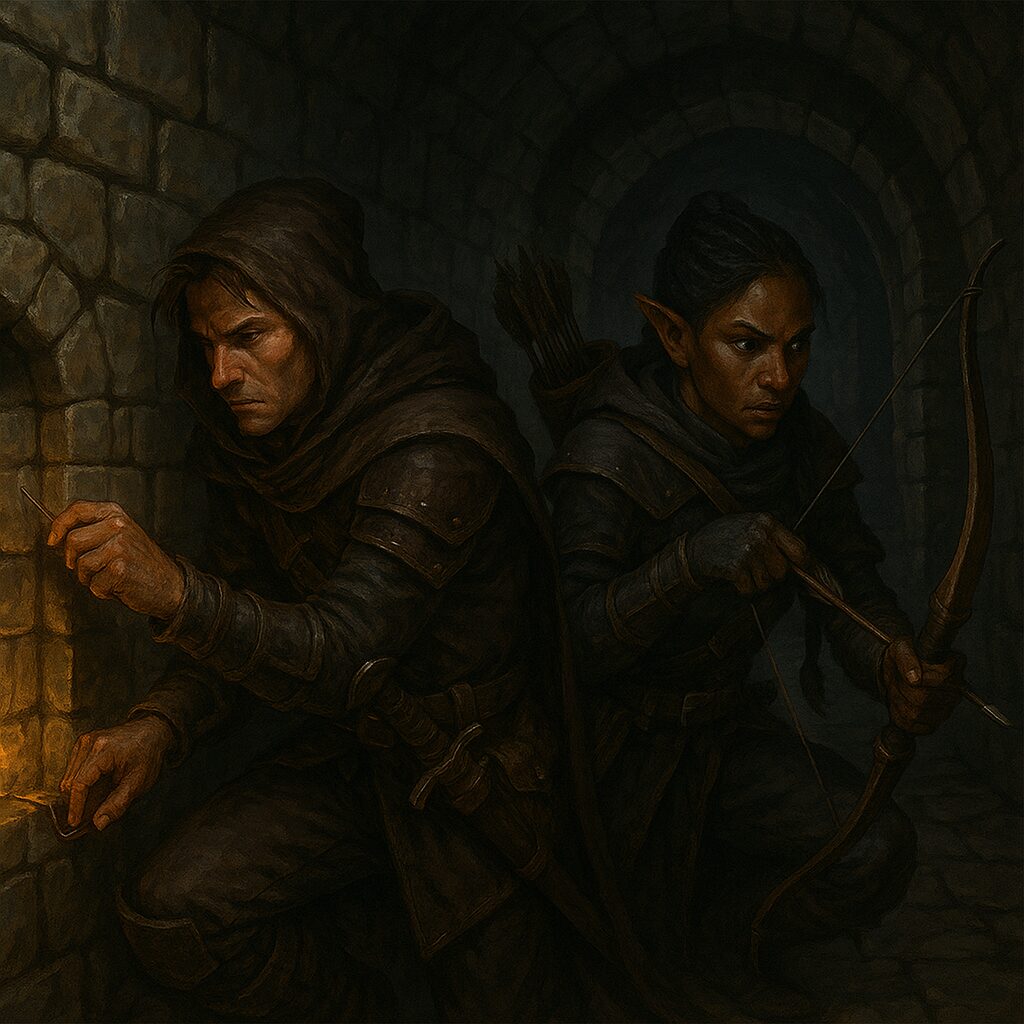
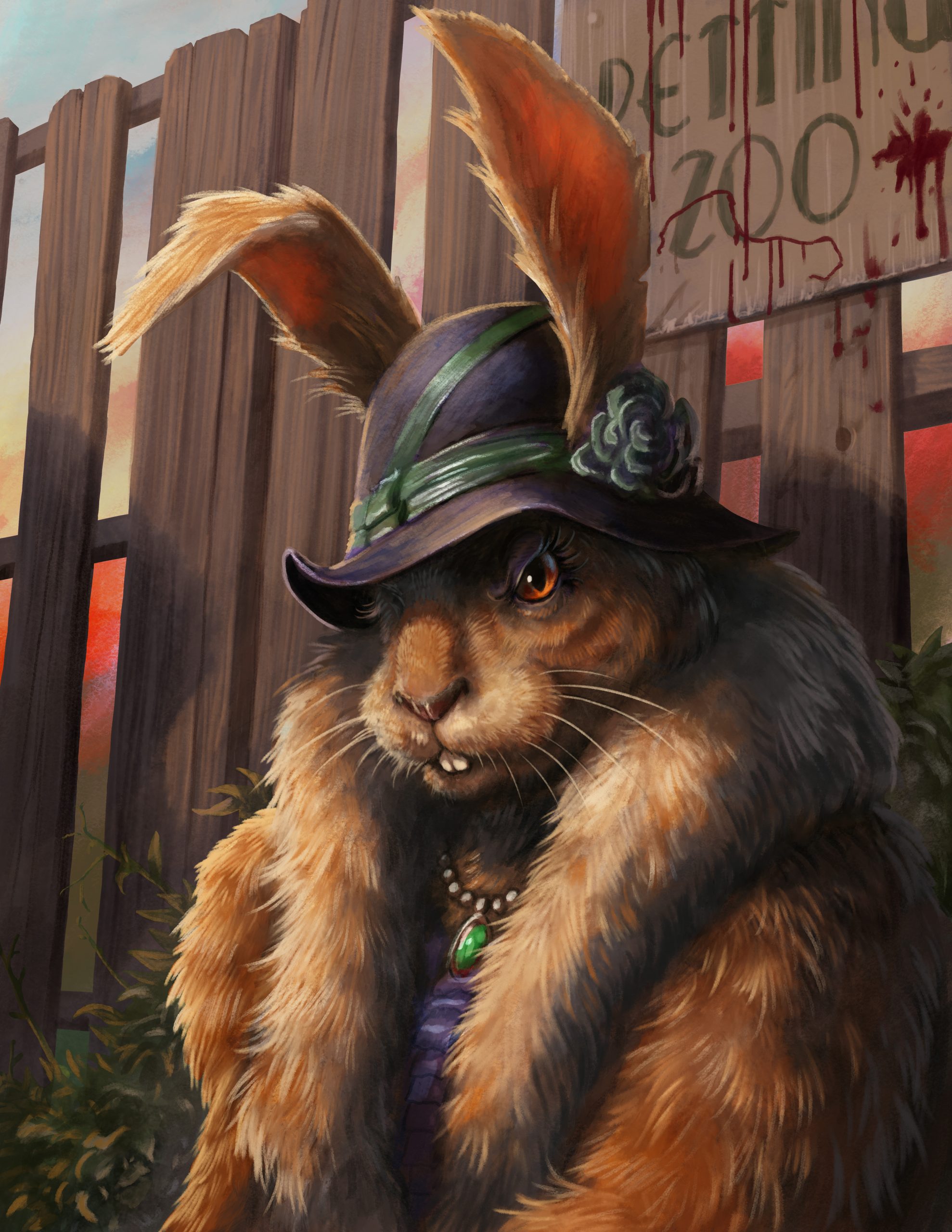
Ron Lambert
July 18, 2017 at 9:33 amwtf guys… you don’t actually say how it works! 🙁